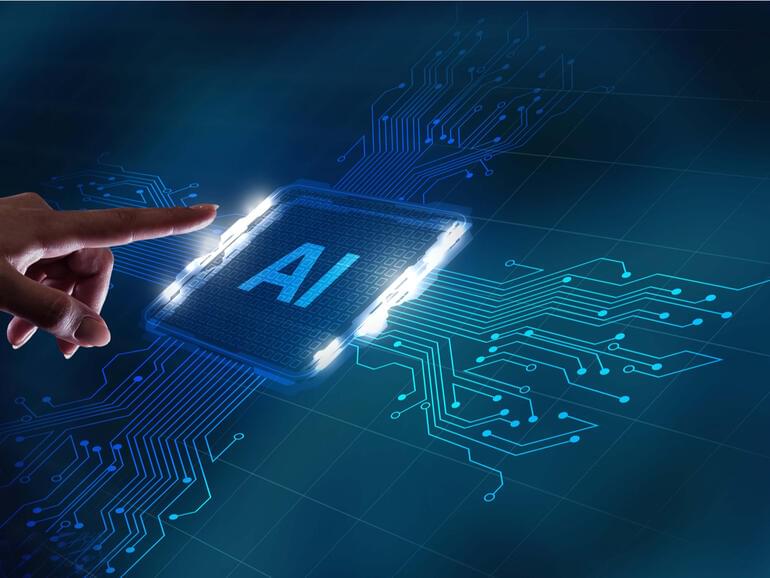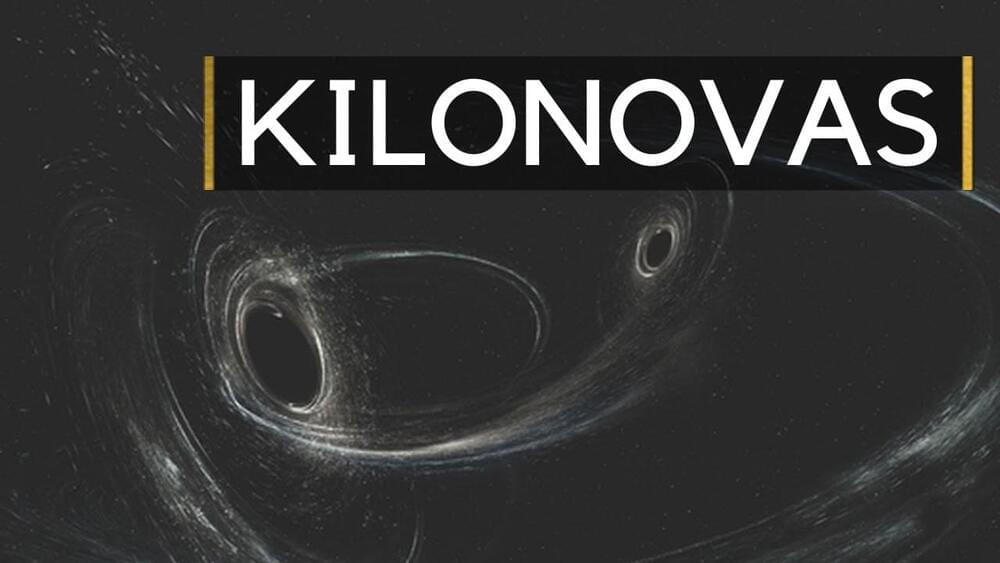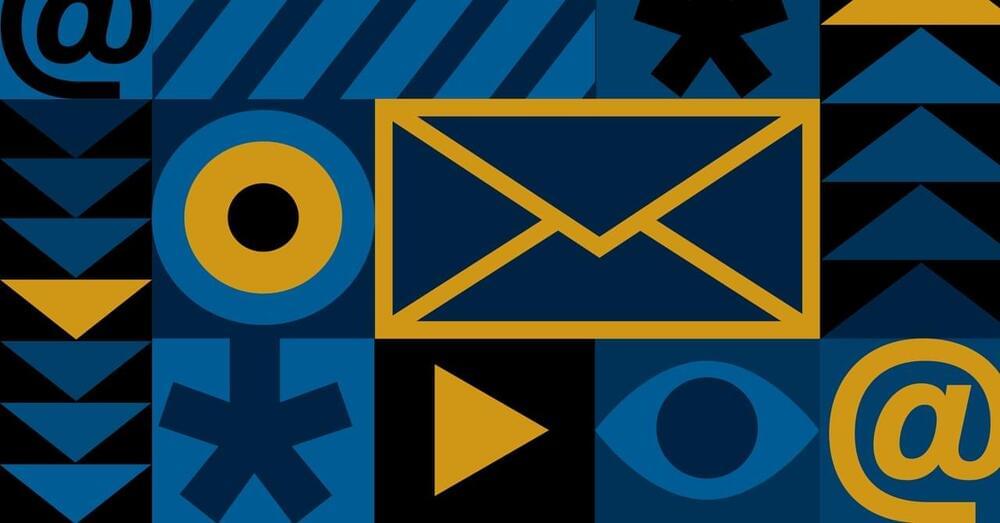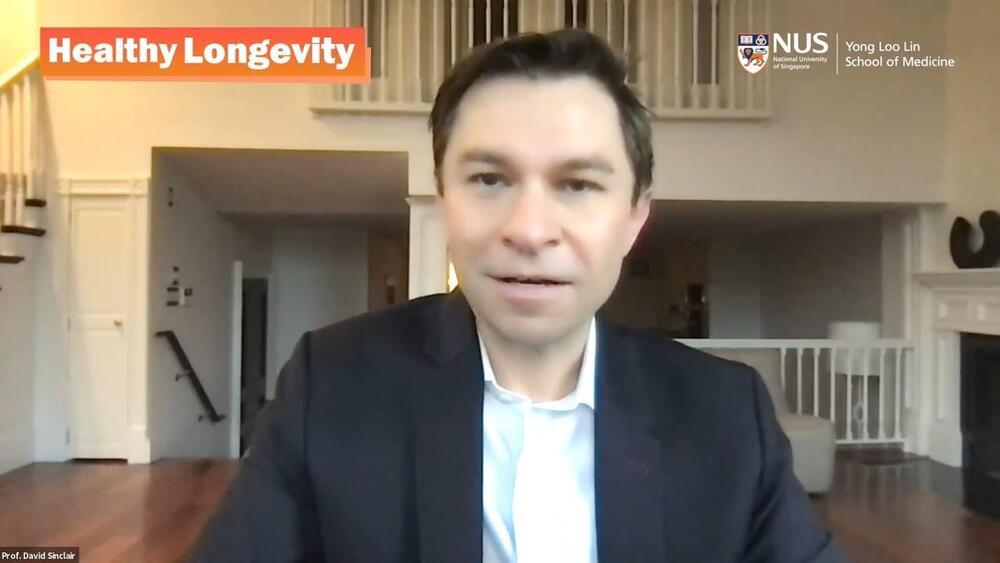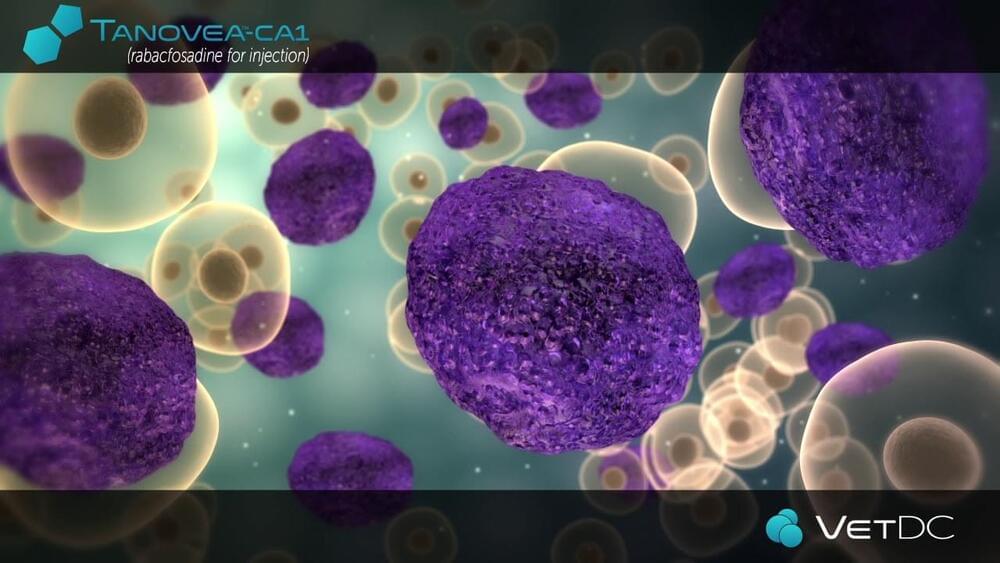The latest ZDNet survey on AI actionability and accountability finds that IT teams are taking a direct lead, with most companies building in-house systems. However, oversight of AI-generated decisions is lagging.
It killed some alternate ideas about gravity, too!
The universe is pretty good at smashing things together. And when neutron stars do it, the collisions release a flood of elements necessary for life.
Cloudflare, The internet infrastructure company, already has its fingers in a lot of customer security pots, from DDoS protection to browser isolation to a mobile VPN. Now the company is taking on a classic web foe: email.
On Monday, Cloudflare is announcing a pair of email safety and security offerings that it views as a first step toward catching more targeted phishing attacks, reducing the effectiveness of address spoofing, and mitigating the fallout if a user does click a malicious link. The features, which the company will offer for free, are mainly geared toward small business and corporate customers. And they’re made for use on top of any email hosting a customer already has, whether it’s provided by Google’s Gmail, Microsoft 365 Yahoo, or even relics like AOL.
Cloudflare CEO Matthew Prince says that from its founding in 2,009 the company very intentionally avoided going anywhere near the thorny problem of email. But he adds that email security issues are unrelenting, so it has become necessary. “I think what I had assumed is that hosting providers like Google and Microsoft and Yahoo were going to solve this issue, so we weren’t sure there was anything for us to do in the space,” Prince says. “But what’s become clear over the course of the last two years is that email security is still not a solved issue.”
Epic has developed technology that serves as a digital vaccination verification by binding a person’s identity with their vaccination or lab results and displaying it via QR codes on a smartphone, Wisconsin State Journal reported Sept. 27.
Epic has rolled out technology that serves as a digital vaccination verification by binding a person’s identity with their vaccination or lab results and displaying it via QR codes on a smartphone, Wisconsin State Journal reported Sept. 27.
Seven things to know:
1. The new tech is currently live for 25 million patients, and 70 million to 80 million people will have access to it by the end of 2,022 Nick Frenzer, an Epic implementation executive, told the publication.
This year’s deadline for applications is November 15 2021. To learn more, visit https://aws.amazon.com/health/health-equity.
AWS is announcing a new global program to support organizations working to enhance health outcomes for underserved or underrepresented communities. We are providing AWS credits and technical expertise, committing $40 million over three years to help organizations develop solutions to improve health outcomes.
In case this hasn’t been posted here yet.
Ageing is inevitable, but what if everything we’ve come to believe about ageing is wrong and we’re able to choose our lifespans? What if ageing is a disease?
In this week’s #HealthyLongevity #webinar, Prof David Sinclair from Harvard Medical School shares a bold new theory for why we age. Prof Sinclair is also the author of “Lifespan, Why We Age – and Why We Don’t Have To” (https://lifespanbook.com/).
Register for upcoming webinar sessions at https://nus-sg.zoom.us/webinar/register/9516279955794/WN_JhWMZNz0QGOgNqxtSBYedw.
#NUSMedicine #webinarseries
New research sheds light on the Fermi Paradox.
Italian-American nuclear physicist Enrico Fermi asked his colleagues a question during a lunchtime conversation. The Fermi Paradox is famous for questioning whether aliens exist.
To treat lymphoma in dogs, veterinarians have traditionally relied on chemotherapy drugs first designed for people.
Now, the FDA has approved a medication specifically designed to treat canine cancer — and the new approach to chemo drug development might end up helping humans.
Lymphoma in dogs: Lymphoma is a cancer that starts in the cells and tissues of the lymphatic system. It’s one of the most common cancers in dogs, accounting for up to 24% of all new cases and affecting up to 70,000 pets in the U.S. annually.
The FDA has approved a medication specifically designed to treat lymphoma in dogs, potentially helping extend the lives of thousands of pets.
Pfizer is investigating an oral antiviral drug that could prevent Covid-19 infection after being exposed to the virus, the company announced Monday, as scientists around the world work to develop new tools to fight Covid-19 and ease the burden on overwhelmed hospitals.
Pfizer said it is launching a mid-to-late-stage clinical trial to test whether the antiviral drug, PF-07321332, can prevent Covid-19 infection in some 2,660 healthy adults living in the same house as someone with a confirmed symptomatic infection.
The trial will test the safety and efficacy of the pill with ritonavir, another antiviral widely used to treat HIV.
Pfizer hopes the pill, taken twice a day, would stop someone from becoming infected with Covid-19.
